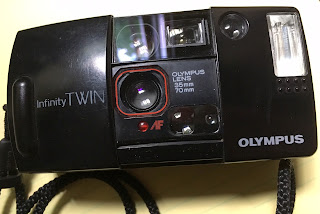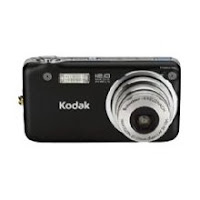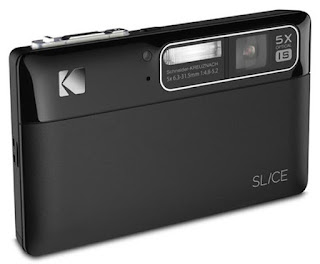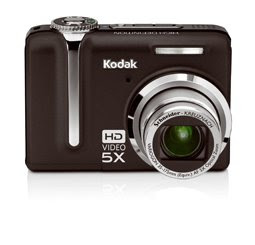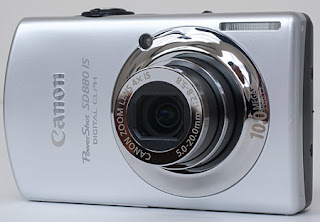Tracking my missing negatives

What do Walgreens and CVS drug stores do with the film negatives that aren't returned? Mystery solved. But hardly satisfying. . I've probed this since my Aug. 2016 post . When I asked Walgreens why they don't return negatives with photofinishing orders, a manager called me. He explained that his store sends all film processing orders to District Photo, a Maryland wholesale lab. They send nothing back to the stores -- prints or negs, he said. Image files scanned from negatives are transmitted to the store, where prints are produced and the files are written to a CD. This led me to District Photo, where a polite woman named Ruth informed me that District's contract with Walgreens specifies no return of negatives. That's at Walgreens' request. District retains the negatives for 30 days, then destroys them. So, Walgreens says it's District's issue. District says Walgreens tells them not to return the negatives. Amid the online finger-pointin


